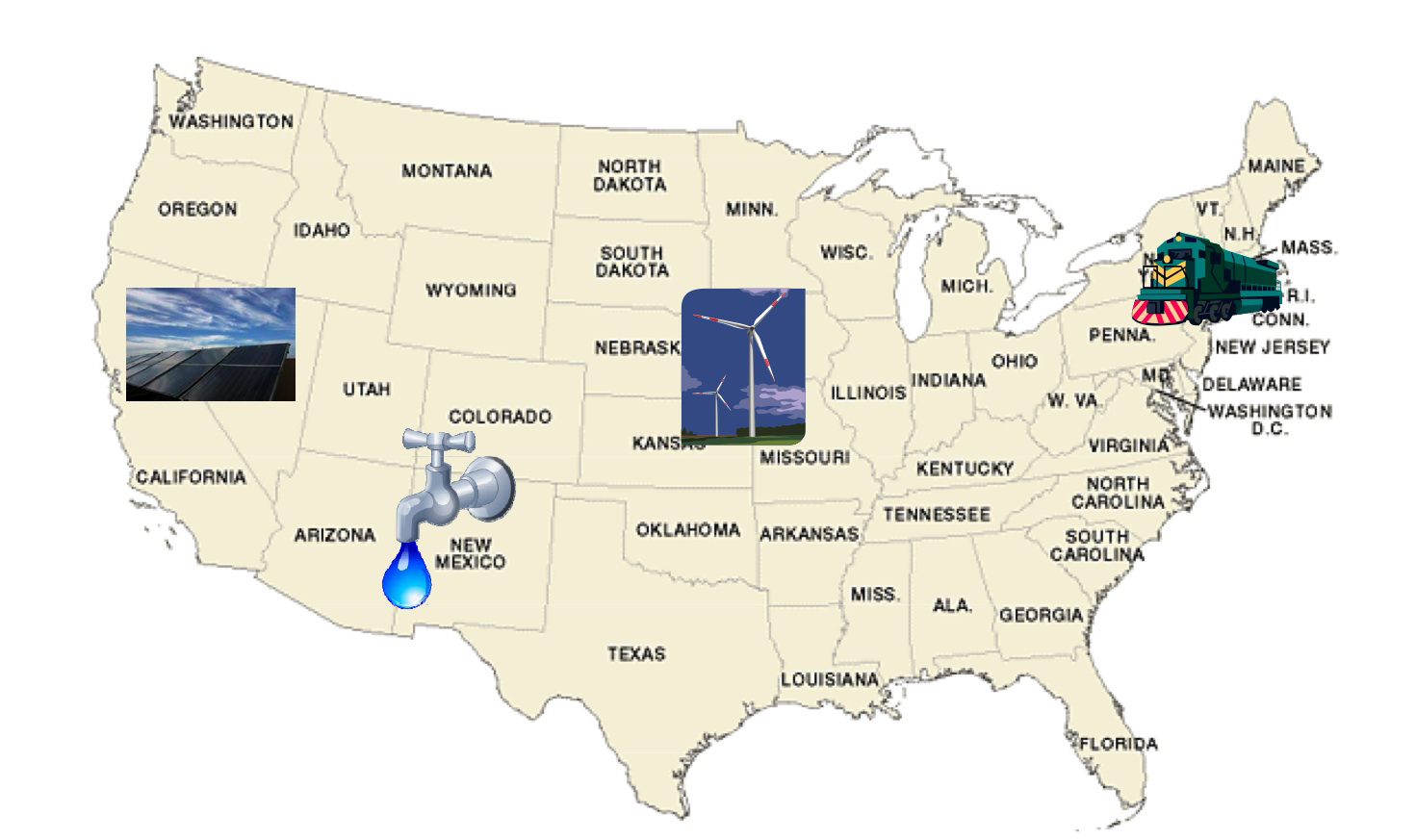Talking about LEED, we wre getting well out on the curve of introducing feed-in tariffs on PV and other renewable generation, but in the past, renewable certificates and other incentives led to the exclusion of renewable energy from LEED renewable credits. What is the current status of renewable energy procduced in a LEED building that receives the feed-in tariff?
Blog Post
Handy Reference Tool for LEED Regional Priority Credits

As you may know, USGBC responded to the longstanding call for regionalization of LEED by establishing Regional Priority Credit 1 (RPc1) in its LEED 2009 family of rating systems (NC, CS, CI, Schools, EBOM).
Regional priority credits are identified by USGBC Regional Councils for each zipcode within their region, with input from USGBC Chapters. These bonus points are granted for meeting requirements that have been designated as particularly important for your project's specific geographical area.
Not new credits
The RP points are for normal LEED credits, not new ones written for your region. To me, this is both good and bad. I would have liked to see more regional innovation around LEED, with credits written for specific regions going after issues near and dear to those regions. That could get pretty unwieldy, though, so the solution of offering bonus points for existing credits makes a certain amount of sense. You don't have to do anything to earn the RP points. You enter your project's zipcode when you register in LEED Online, and the system automatically credits you with a bonus point when you earn a credit that is designated as a regional priority credit for your zip code, up to four bonuspoints.
Know what you're aiming for
The key thing is to know what you're aiming for. The bonus points mean that if you're on the fence about going after a certain credit, or deciding what threshold to aim for, an extra point might help you make your decision.
SUPPORT INDEPENDENT SUSTAINABILITY REPORTING
BuildingGreen relies on our premium members, not on advertisers. Help make our work possible.
See membership options »To find out, you have two options. One, use the rather clunky spreadsheets offered by USGBC. A key thing here is to make sure you've selected the right tab from the bottom of the window for your rating system.
To make things easier, we at LEEDuser (in collaboration with Environmental Building Strategies) have just launched a quick LEED Regional Priority reference tool. Enter your zipcode and rating system, and voila! As a bonus, the six credits you get for results are linked directly to LEEDuser's how-to guidance for each credit. So if you're not clear on the exact requirements or thresholds, or you need some sample documentation, it's right there.
Your experiences?
After launching this tool today, I heard right away from a person doing a project in New Jersey whose zipcode wasn't listed. I double-checked our tool, and then USGBC's spreadsheets (again, where we get our data) and it was indeed missing. I have heard of some instances of this as USGBC has launched this whole thing, but I was a little surprised at this, to be honest. Nonetheless, keep an eye out for oddities like this, and if you see something that doesn't seem quite right, don't be too surprised.
What are your experiences with RPc1? Your opinions on LEED regionalization in general?
Published March 22, 2010 Permalink Citation
(2010, March 22). Handy Reference Tool for LEED Regional Priority Credits. Retrieved from https://www.buildinggreen.com/news-article/handy-reference-tool-leed-regional-priority-credits
Comments
If the renewable energy being
If the renewable energy being produced is part of a Renewable Portfolio Standard (RPS) that's required by law, it's not eligible for Green-e certification and thus for LEED EAc6. Similarly, if RECs are being sold from the energy, it's not eligible. The idea in both cases is the the renewable energy in question is more business as usual than an extraordinary green measure that should be rewarded. I don't know if renewable energy from feed-in tariffs would come under either of these scenarios. Any thoughts?



Add new comment
To post a comment, you need to register for a BuildingGreen Basic membership (free) or login to your existing profile.